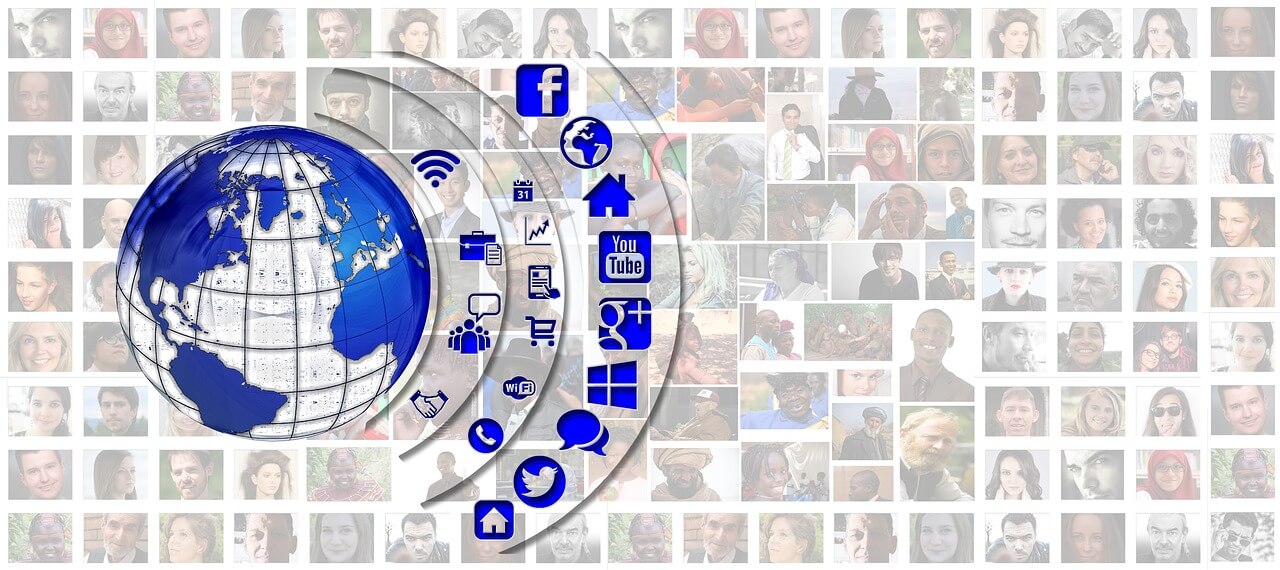In today's era of information explosion, online public opinion, as a direct reflection of public opinion, has a profound impact on political activities, especially the election process. As one of the earliest and most frequent countries in the world to use Internet technology for political and social mobilization, the United States has provided us with rich cases and inspirations for its use of online public opinion in elections.
Public opinion monitoring and data analysis
American political campaign teams are well aware of the importance of online public opinion. They widely use advanced network monitoring tools and technologies to track and analyze discussions, news reports and public opinions on social media in real time. These tools can not only capture massive amounts of data, but also conduct sentiment analysis through natural language processing technology to quickly identify public attitudes and emotional changes towards candidates and policy issues. For example, during Obama's re-election campaign in 2012, his team used big data analysis to predict voter behavior and accurately locate potential supporters in swing states.

Social Media Strategy
Social media platforms such as Twitter, Facebook and Instagram have become the core areas for the fermentation of online public opinion in the US election. Candidates interact directly with voters through their personal accounts, publish policy views, campaign information, and even directly respond to questions and criticisms. In addition, campaign teams will use social media advertising to accurately reach target groups and use algorithm recommendation systems to strengthen the influence of information dissemination. Trump made full use of social media in his 2016 presidential campaign, sparking widespread discussion with unconventional, straightforward and even controversial remarks, successfully attracting a lot of attention.
Grassroots mobilization and virality
Another major feature of online public opinion in the US election is its strong grassroots mobilization ability, which enables viral spread of information by producing and sharing infectious content. This includes creative videos, animated images, emoticons, etc. These lighthearted, humorous or impactful materials can often cross party lines, spread rapidly, and affect a wider range of the public. For example, although the "Ice Bucket Challenge" is not a direct election activity, it demonstrates how social media can stimulate public participation and spread specific information in a short period of time.
Voter profiling using big data
The use of big data analysis in US elections has reached an unprecedented level. Campaign teams use voters' online behavior data to build detailed voter portraits and formulate more accurate campaign strategies. This includes predicting users' political inclinations, concerns, and possible voting behaviors by analyzing their search history, shopping habits, social media activities, etc. This personalized strategy makes campaign information more relevant to voters' needs and improves persuasiveness.
Crisis management and public opinion response
In the face of negative public opinion that may appear on the Internet, American political campaigns have demonstrated their ability to respond quickly and manage effectively. The team will set up a special public opinion response team to quickly release clarifying information or divert public attention once unfavorable public opinion appears, and sometimes even dilute the negative impact by creating new public opinion hotspots. In the 2020 election, both Biden and Trump's campaign teams demonstrated rapid public relations responses when faced with negative news.
Conclusion
The use of online public opinion in the US election is not only an application of technology, but also a manifestation of strategy and innovative thinking. It shows how to guide and influence public opinion and thus influence election results through accurate data analysis, efficient social media communication, innovative grassroots mobilization methods and rapid crisis response in a highly information-based era. For other countries and regions, these practices in the US election provide valuable experience and lessons, reminding us that when facing online public opinion, we should not only pay attention to the power of technology, but also pay attention to the flexibility and innovation of strategies to adapt to the rapidly changing information environment.







